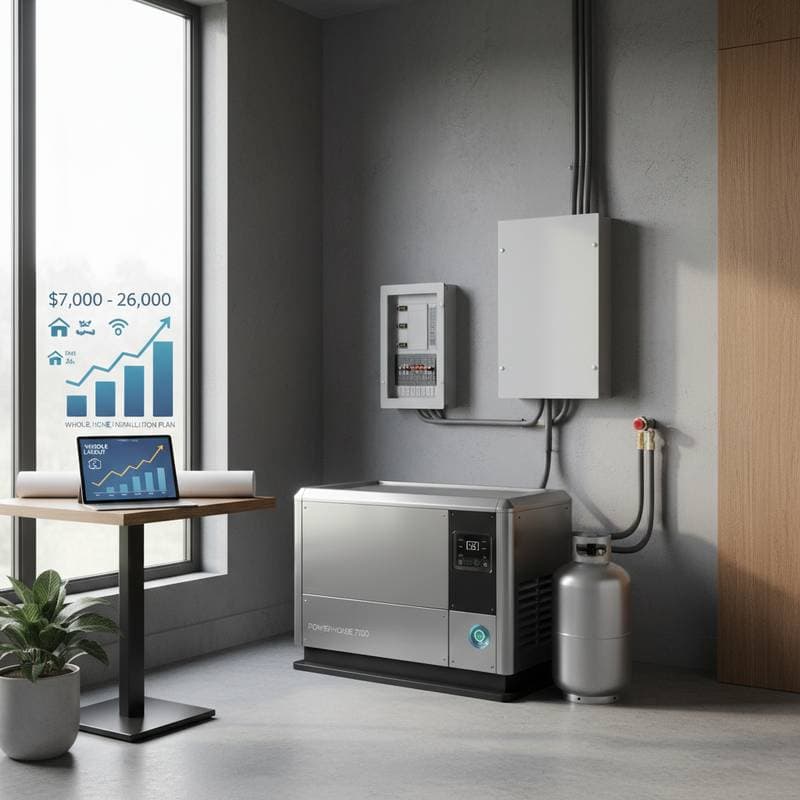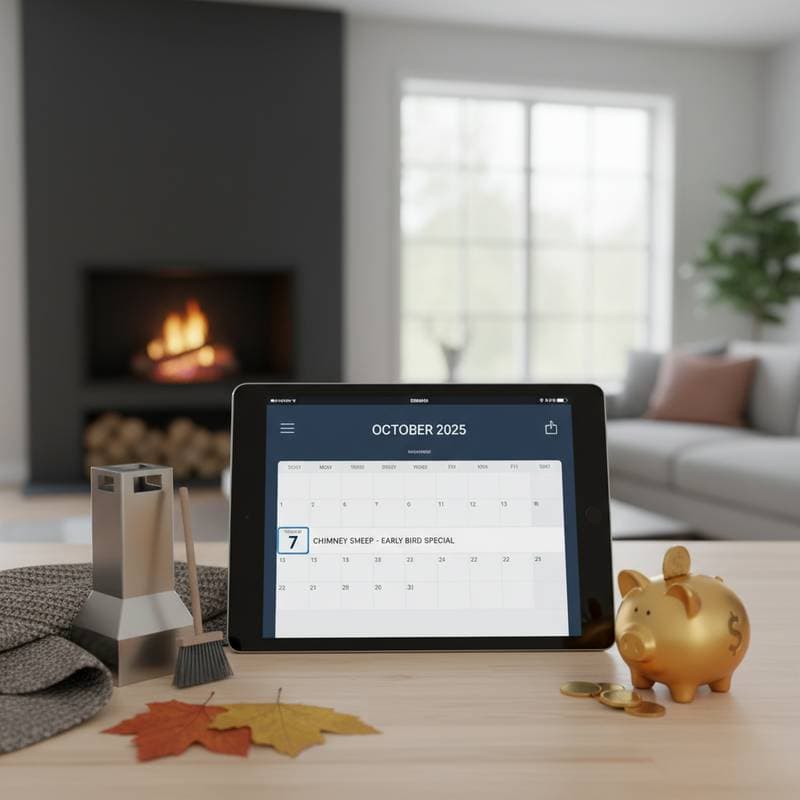What Home Warranties Cover That Insurance Doesn't
Homeowners often face unexpected breakdowns, such as a malfunctioning air conditioner during peak summer heat or a dishwasher that ceases to operate mid-cycle. Standard insurance policies exclude these routine failures, leaving owners to bear the full cost of repairs. A home warranty steps in to address this oversight, providing coverage for mechanical issues that arise from everyday use and preventing financial strain from surprise expenses.
Distinguishing between a home warranty and homeowners insurance proves essential for effective planning. Insurance focuses on perils like natural disasters or theft, whereas warranties target the gradual degradation of essential components. This clarity empowers homeowners to secure both layers of protection for comprehensive safeguarding.
Quick Answer: What Home Warranties Cover That Insurance Doesn't
Home warranties primarily address mechanical failures resulting from normal operation, distinct from the accidental damages covered by insurance. These plans extend protection to areas typically excluded from standard policies. Key coverage includes:
- Major systems, including heating, ventilation, air conditioning, plumbing, and electrical setups
- Built-in appliances, such as refrigerators, dishwashers, washing machines, dryers, and ovens
- Optional add-ons for features like swimming pools, hot tubs, septic systems, and well pumps
- Repairs attributed to wear and tear, which insurance explicitly omits
- Full replacement expenses when repairs prove unfeasible for covered items
Insurance intervenes only if a breakdown stems from a covered peril, such as fire or storm damage. Homeowners benefit from grasping this boundary to anticipate coverage needs accurately.
How Home Warranties Work in Real Life
A home warranty functions as a service agreement between the homeowner and the provider. Policyholders pay an annual premium, ranging from $500 to $900, plus a service call fee of $75 to $125 each time a claim arises. Upon filing a claim through the provider's system, a certified technician arrives to assess the problem, perform necessary repairs, or authorize replacements within the plan's limits, often capped at $2,000 to $4,000 per appliance or system.
Consider a scenario where the central heating system fails during winter. Homeowners insurance would decline involvement absent a covered event, but the warranty covers diagnostic and repair costs after the service fee. Over time, this structure recoups value, especially in older homes where breakdowns occur more frequently.
Providers dispatch professionals within 24 to 48 hours in most cases, minimizing disruption. Coverage extends to parts and labor, though limits apply to high-end or custom installations. Homeowners should review plan details to confirm alignment with their property's specifics.
What Home Insurance Covers That Warranties Don't
Balancing the perspective reveals insurance's unique strengths in handling unforeseen calamities. Warranties exclude sudden events, concentrating instead on predictable wear. Insurance typically encompasses:
- Structural damage from fire, smoke, windstorms, hail, or explosions
- Losses due to theft, burglary, or vandalism
- Impacts from falling objects, aircraft, or vehicles
- Personal liability for injuries occurring on the property
- Additional living expenses if the home becomes uninhabitable following a covered loss
Insurance operates as a shield against external threats, restoring the home after major incidents. Warranties complement this by maintaining internal functionality, creating a dual-defense strategy.
Accessibility and Special Considerations
Homes equipped with accessibility features, such as stairlifts, accessible showers, or voice-activated controls, present unique challenges. Standard warranties and insurance often overlook these specialized installations. Select providers offer endorsements for accessibility equipment, covering motors, wiring, and sensors in items like adjustable beds or automated doors.
For medical necessities, including home dialysis machines or mobility aids, dedicated protection plans may suit better. These items fall under personal property categories, so homeowners must cross-check policies for inclusion. Consulting with specialists ensures tailored coverage for health-related modifications.
Cost Comparison: Warranty vs. Insurance| Cost Type| Home Insurance| Home Warranty|
|--------------------|------------------------|------------------------|
| Annual Premium| $800 to $2,000| $500 to $900|
| Deductible per Claim | $500 to $2,500| $75 to $125|
| Average Claim Payout | $10,000+ (structural) | $200 to $4,000 (systems)|
| Coverage Focus| Damage and liability| Failures and repairs|
This breakdown highlights insurance's role in catastrophic events versus the warranty's efficiency for routine upkeep. Budget-conscious homeowners often find the lower deductibles of warranties advantageous for frequent, smaller claims.
How to Choose the Right Home Warranty Plan
Selecting an appropriate plan requires systematic evaluation to match coverage with home needs. Start by cataloging critical assets, prioritizing high-use items like the roof's HVAC unit or the kitchen's primary appliances. Seek plans with robust caps, ideally $3,000 or more per covered component, to handle substantial replacements.
Examine the provider's contractor network for local availability and response times. Scrutinize exclusion lists, which commonly bypass pre-existing defects, rust-induced failures, or misuse-related issues. Opt for transferable policies if resale looms on the horizon, as they enhance property value by up to 1%.
Customizable options allow additions for unique elements, such as solar panels, home theaters, or guest house utilities. Read customer reviews and contract fine print to gauge reliability. Annual renewals provide opportunities to adjust based on usage patterns.
When to Call a Professional Instead of Filing a Claim
Not every issue warrants a warranty claim, as repeated service fees can accumulate. For minor problems, like a clogged drain or a loose appliance part, direct professional intervention often proves more cost-effective. Homeowners save by addressing these proactively through routine maintenance schedules.
Claims make sense for complex diagnostics, such as electrical wiring faults or refrigerant leaks in cooling systems, where specialized tools prove necessary. Evaluate the repair estimate against the service fee; if under $100, self-handling or a local handyman suffices. Track claim history to avoid patterns that might lead to policy non-renewal.
Securing Your Home's Future with Combined Protection
Integrating home insurance and a warranty forms a robust defense against both disasters and daily deteriorations. This approach minimizes out-of-pocket costs and extends the lifespan of essential features. Homeowners who implement these strategies enjoy peace of mind, knowing their investment remains protected year after year.
Review policies annually to adapt to changes, such as new additions or aging infrastructure. Professional advice from agents can refine selections further. Ultimately, proactive coverage choices preserve home value and comfort without compromise.





